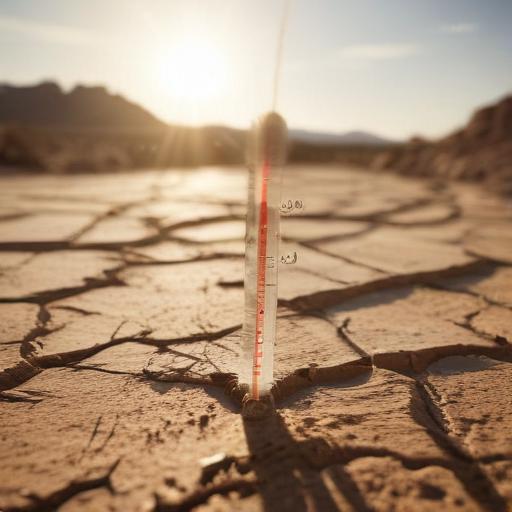A significant heat wave is forecasting extreme temperatures across the central and eastern United States, threatening to deliver some of the hottest weather of the year with high humidity levels that may persist well into next week.
The National Weather Service has already issued heat alerts for various regions, categorizing them under “extreme heat” watches and warnings. These alerts indicate a heightened risk of heat-related illnesses, and the weather is expected to peak at various times throughout the region.
Expected timing for the worst heat includes:
– The Plains will experience intense heat starting today and continuing through Sunday.
– The Mississippi Valley will see rising temperatures beginning Friday and extending through at least Sunday.
– The Midwest will heat up on Saturday, but areas in the Ohio Valley could remain hot into next week.
– The Northeast is set to face escalating temperatures starting Sunday, potentially continuing into the following week in some areas.
Throughout this period, many locations, particularly in the Northeast, may come close to record high temperatures, especially from Sunday through Tuesday. Major cities like New York City, Philadelphia, and Washington, D.C., may even approach the 100-degree mark during the height of the heat wave. In fact, Central Park in New York has not seen temperatures reach 100 degrees since July 2012, and Philadelphia last recorded such heat in June 1994.
The heat wave will also be accompanied by oppressive humidity, particularly affecting the mid-Mississippi and Ohio Valleys, which could elevate the heat index into the triple digits. This excessive humidity emphasizes the importance of safety measures, especially for those without access to air conditioning.
Experts stress that heat remains one of the deadliest weather threats in the U.S., claiming hundreds of lives annually. Individuals are advised to avoid outdoor activities during peak heat hours, stay hydrated, and check on vulnerable populations such as the elderly or those with chronic health conditions.
This heat wave is a result of a significant change in the jet stream and the formation of a “heat dome,” a region of high pressure that facilitates prolonged sunshine and elevated temperatures. The scenario projected indicates an influx of hot and humid air migrating from the South into the Midwest and Northeast.
Despite the challenges posed by rising temperatures, communities can foster resilience by promoting awareness, ensuring access to cooling centers, and establishing check-in systems for those in need.
